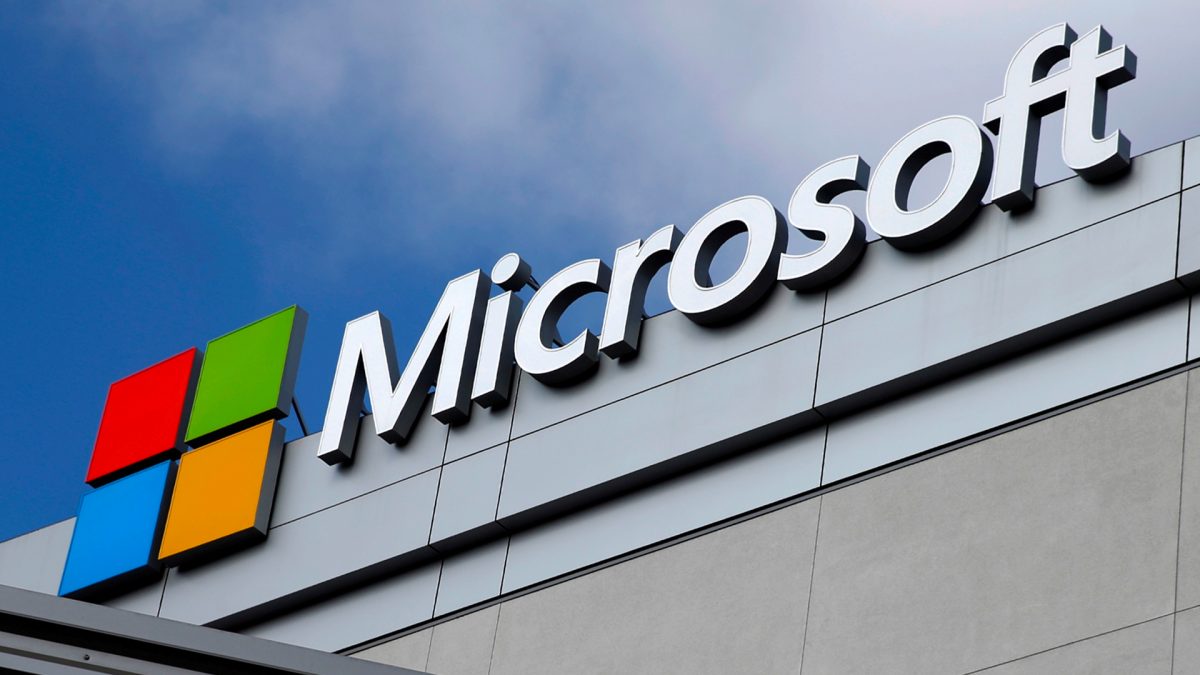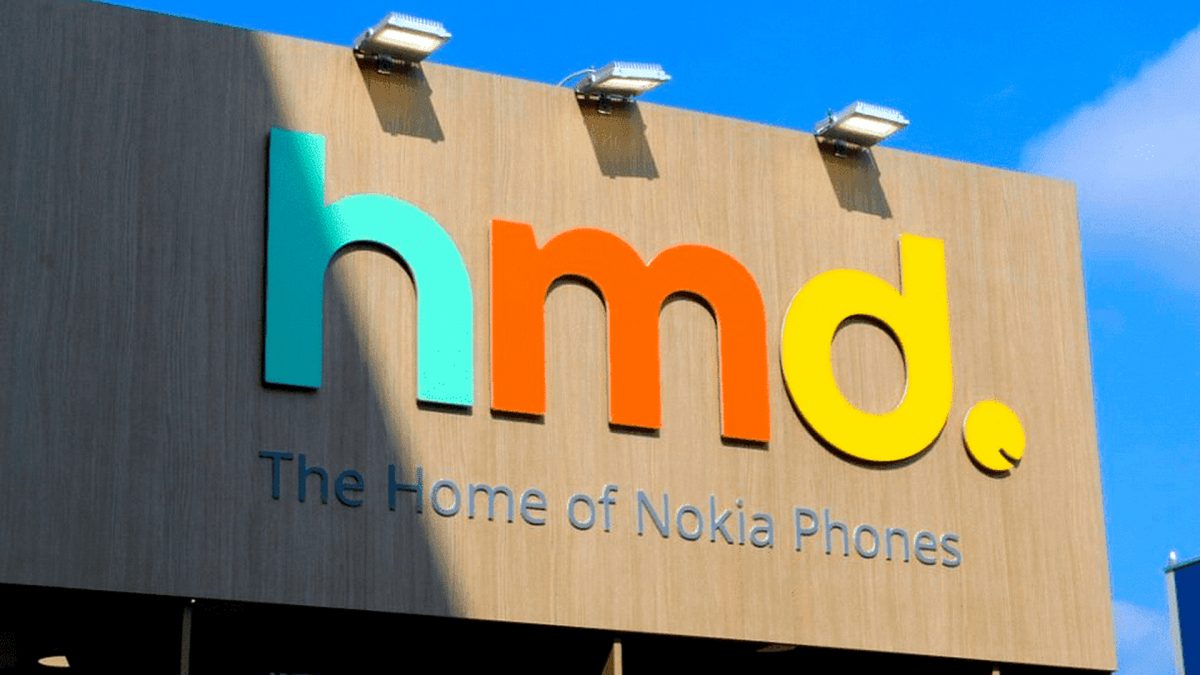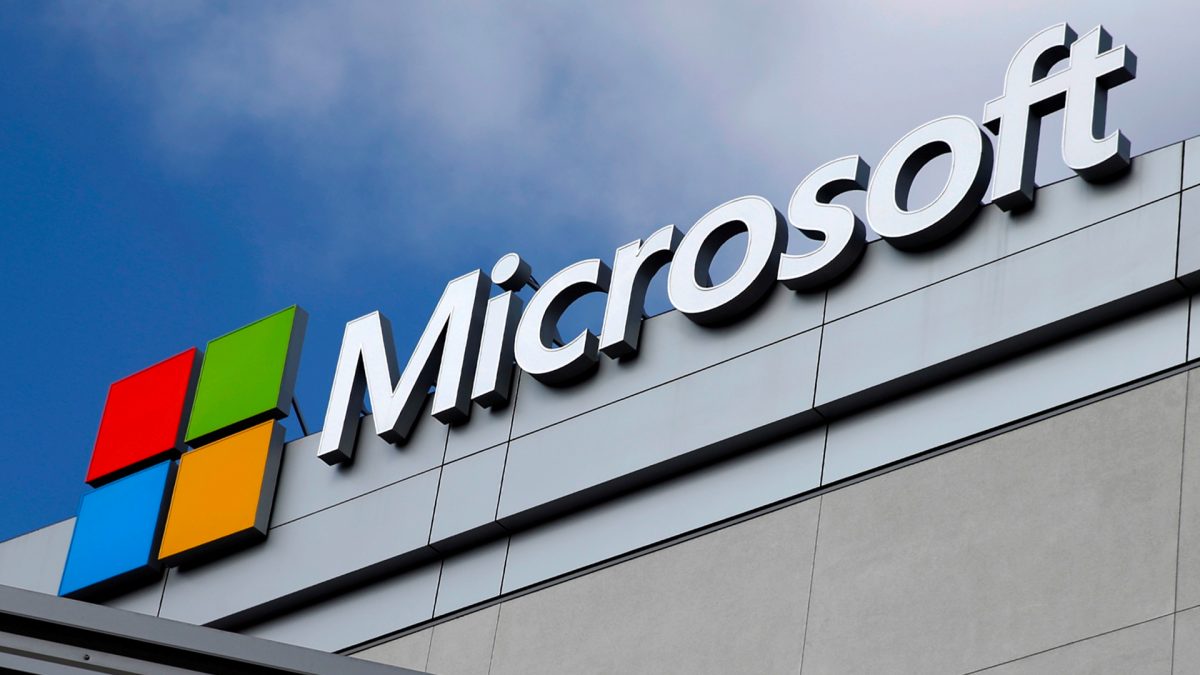Folding phones or flip phones were a trend-setter. Almost every mobile phone maker had at least one model that had a clamshell design. The first flip phone was officially launched by Motorola on 3 January 1996 called the StarTAC, which was an instant hit and the design became popular in a very short time.
While a huge number of flip phones from Nokia, Samsung and other manufacturers followed, Motorola redefined the clamshell design when it launched the Moto Razr V3. The handset became so popular that it is still regarded as the best flip phone ever.
The era of flip phones has been left in the past. It has been 13 years since the Razr was announced and today we have moved on to smartphones. Large slabs with touch sensitive displays that are loaded with hardware powerful enough to compete with PCs.
We might not go back to traditional flip phones today, but something similar is waiting for us in the near future. Big names including Microsoft, Samsung, LG and even Nokia were recently in the news for applying patents for a foldable phone design. Considering the large displays, having a smartphone that can fold sounds futuristic. But how will it work? Let’s look at some of the patents.
Nokia
From what we have heard, Nokia has been granted a patent for a folding phone that can be packed into something like a cosmetic compact used by women. When the device is opened, the display of the phone opens up to its full length. It seems that Nokia will use a flexible display which will curve rather than fold when the device is closed.
While there is no other information about the handset, we do know that the patent was awarded to Nokia Corporation and not HMD Global, which actually owns the rights to the Nokia brand name.
Samsung
Rumours of a folding smartphone from Samsung have been around since last year. Nothing has materialised as of yet, but just last week we heard that the Korean giant is preparing a foldable smartphone which will be called the Galaxy X. A post on Weibo says that the handset could be launched in the third or fourth quarter of 2017. It will feature high-end hardware including a 4K display and biometric authentication systems including a fingerprint reader, face reader and a palm reader as well.
Microsoft
After successfully launching the Surface Pro 4 and the Surface Book, Microsoft could be looking into an innovative hybrid tablet-smartphone design. The company has applied for a patent that describes a device with a flexible hinge. It could very well be similar to the smart hinge that was seen on the Surface Book. The patent reads, ’the hinge structure secures the plurality of housings to each other, permits the plurality of housings to rotate about an axis in relation to each other, and supports a continuous viewing area of the display device that extends across the plurality of housings and the flexible hinge structure.’ Maybe a Surface tablet for the future which could fold into a phone?
LG
LG was also in the news for filing a patent for a foldable smartphone design. The smartphone will have a vertical fold which would open up into a tablet form. The graphs in the patent documents show that the device will have a touchscreen display on the front and the back. The middle part that bends could be used to control music or as a notification bar. At the back there is a camera with flash, fingerprint scanner and the power buttons. LG believes that it can sell 1,00,000 foldable devices in the fourth quarter of 2017.
I think the concepts are very interesting, but do we really need them? Agreed that smartphones today lack innovation in design, but there are so many other aspects that need to be perfected. Camera, battery life, security, and so many other features still have a wide scope of expansion, improvement and innovation. Even if manufacturers manage to put folding phones in the market by the end of this year, it will take a lot of time to settle in.
What do you think about folding smartphones? Are you looking forward to them?


)




)
)
)
)
)
)
)
)